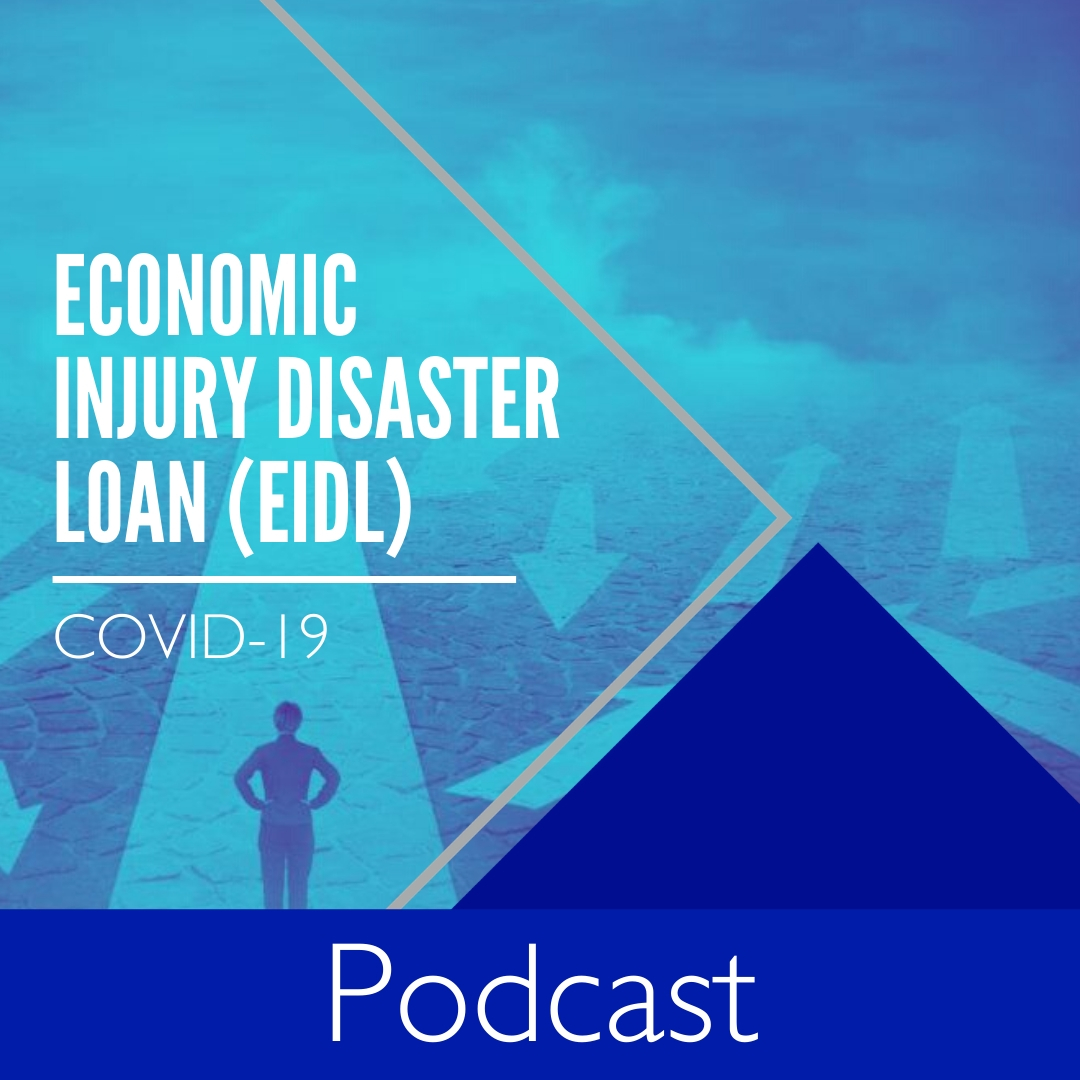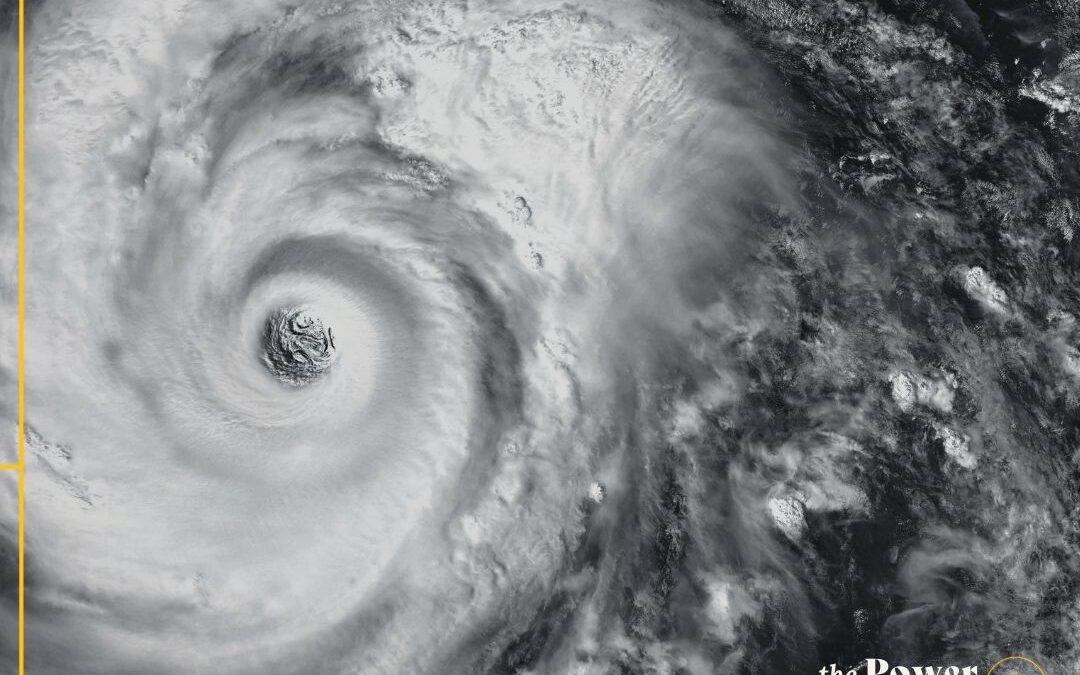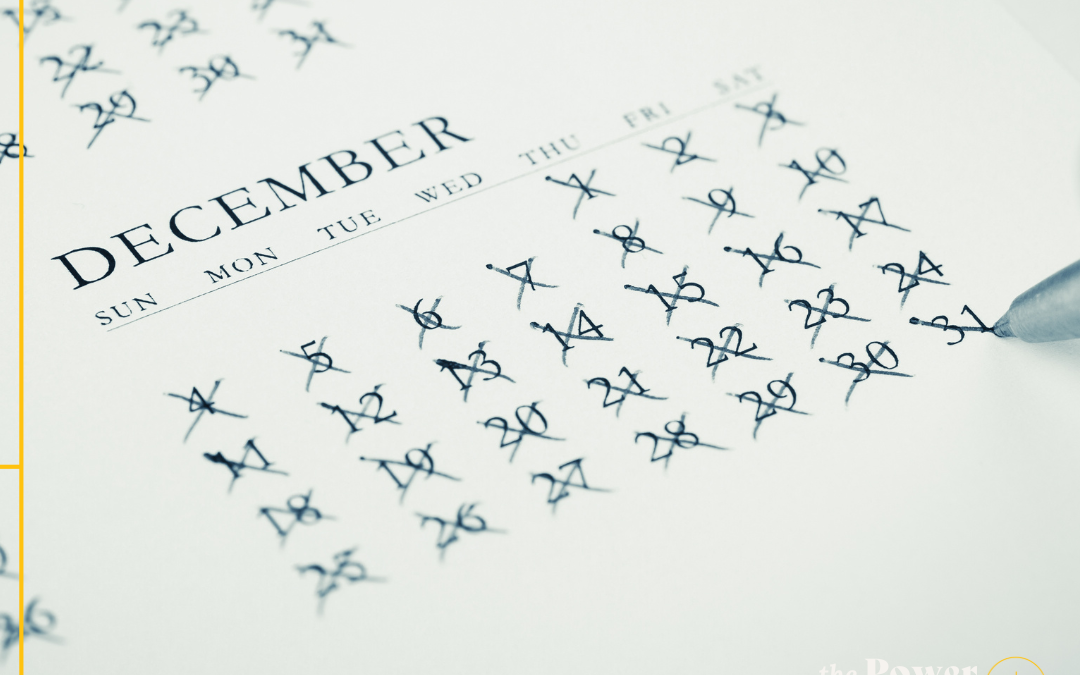We recorded this show on April 7, 2020, and things are changing daily. So this is what we know as of the time of recording.
Last week we talked about the Paycheck Protection Program (PPP). If you have a small business and you have not looked into this program, I think it’s almost imperative that you go back and listen to that episode, which is currently posted on our website.
Today, though, I want to talk about the second loan program that came out at about the same time, and that’s called the Economic Injury Disaster Loan, but everybody’s calling it the EIDL.
What exactly is that EIDL?
Unlike the PPP, this is more of a traditional loan, and it’s a low-interest federal loan that’s issued and guaranteed by the Small Business Administration (SBA) to help small businesses and private nonprofits that are experiencing hardships because of COVID-19.
How does a small business or a private nonprofit apply for this EIDL?
We talked a lot last week about the PPP loans and how you had to do that through your bank. This [EIDL] is all done off of the SBA website, you don’t need to talk to the bankers at all; you’ll go right to the SBA website and they have plenty of links that’ll take you to the application, and even more information that I’m going to give you today.
So, a lot of businesses have looked into this already, and it’s been around for a couple weeks. But there’s some small businesses that actually applied for this prior to March 30, 2020, and if you’re one of those businesses and you haven’t heard anything yet, you may need to reapply.
One of the things that the SBA came out with is that for this EIDL program, applications that were submitted March 30, 2020, or later actually received a verification number upon the submission of their application, and this verification number is indication that the application was received. So if you didn’t get a verification number, you may want to go back in there and reapply, because your first submission may not have went through.
How does a business actually qualify for an EIDL?
Small businesses need to show that they had a loss—essentially effective in 2020—in comparison to their 2019 financials. This, along with other factors, will determine whether they’re given a loan and what that amount of the loan is.
What can this loan actually be used for?
It can be used for things like paying off your payroll, accounts payable, other bills that can’t be paid—just because maybe your business is closed, and things like that—and even to make payments on your current debt.
But the PPP loan that we talked about last week and the EIDL loan both offer reimbursement or allow you to pay expenses for payroll and things like that. But you’ve got to make sure that if you get both loans that you’re not using the same expenses for both loans. In other words, there’s no double-dipping.
What are the specifics of this EIDL program?
I think what they’ve done is they’ve kind of streamlined some of the ways that a regular SBA loan goes through. The other thing is that the interest rates are pretty low: It’s 3.75 percent for small businesses and 2.75 percent for nonprofits, so it’s a pretty good interest rate.
The other thing is, once the EIDL is approved, the payment of that can be deferred for 12 months. Even though interest will accrue during this time, it allows the company to kind of get back on their feet before payments actually have to start.
And these loans offer long-term repayments to keep the payments affordable, so some of these loan schedules can go out for 30 years with no prepayment penalties, which is nice, and those terms are obviously going to be determined kind of on a case-by-case basis.
What kind of recordkeeping do owners need to keep to be required to do this kind of loan?
At this point, there really aren’t any records that need to be kept, but that part of it could change.
Is there a certain time period that the business needs to be in operation?
No. All they have to do is prove that they are a viable business.
Now that brings up a great point, because I think there’s been some confusion about one part of the program, and that is the point where you can get up to $10,000 of an advance payment that can be forgiven.
Can you explain that?
During the application process they’re going to ask you if you want to request up to $10,000 of immediate emergency funding. Everybody is calling that a grant. I am not so sure, because everything that I read says that it’s up to the department to determine whether it’s part of the loan proceeds or if it’s part of a grant. So, just want to make sure that we have people be cautious to see how that part of it works in real life.
Sign Up to Receive Email Updates
Be sure you’re getting the latest insights as legislative developments occur. We’re here for you with tax insights and business resources.
Sign Up Now
We Are Here for You
Contact us to talk through the challenges your business faces as you navigate through this unprecedented time. No doubt you’ll need help assessing cash flow and making smart projections, reviewing loan covenants, lining up bridge financing, talking to banks and lenders, figuring out staff loads and employee counts, handling disrupted supply chains, and so much more.
Read An Important Message from Our Firm





